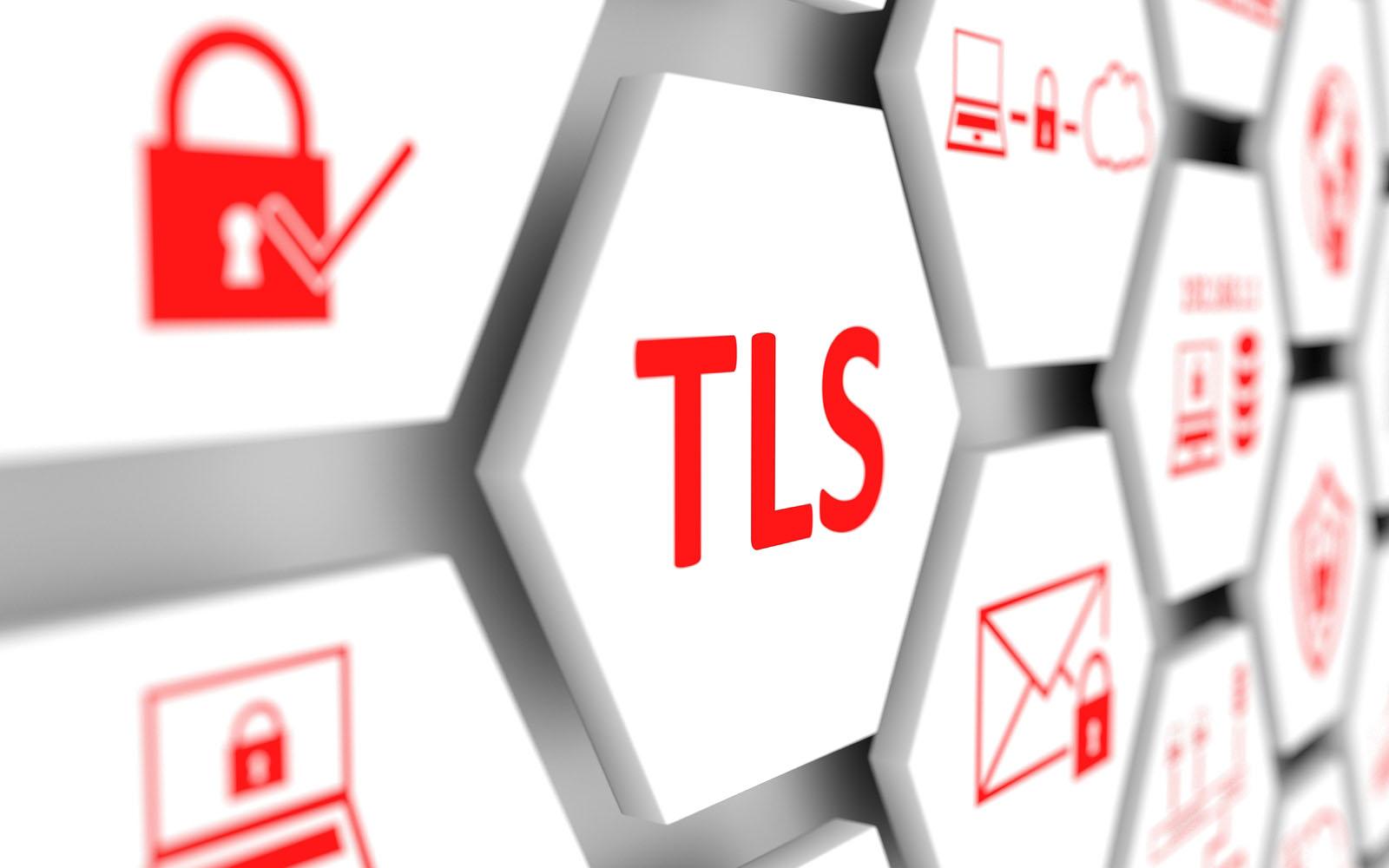Generating high-quality leads helps you with business expansion and cultivates lasting relationships with potential customers.
However, with the proliferation of digital channels and marketing techniques, business owners might find themselves overwhelmed and struggle to pinpoint the most efficient strategies for their online lead generation alone.
Effective lead generation is not just about casting a wide net; it’s about engaging the right audience at the right time with the right message. This necessitates a strategic approach that aligns with the target market’s preferences and behavior.
In an era where consumers are bombarded with marketing messages, standing out requires creativity, authenticity, and a deep understanding of the audience’s pain points and aspirations.
From harnessing the power of content marketing and social media to implementing data-driven techniques and optimizing conversion funnels, we explore actionable tactics designed to attract, engage, and convert prospects into loyal customers.
By adopting a holistic approach to lead generation, businesses can thrive in today’s competitive marketplace.
Lead generation or lead gen strategies are systematic approaches businesses implement to attract and capture potential customers’ interest in their products. Lead generation aims to cultivate relationships with those who have shown interest in a business’s offerings, ultimately converting them into qualified leads.
Conceptually, lead generation strategies encompass a variety of methods deployed across different channels to engage with target audiences.
These methods can range from traditional outbound marketing techniques, such as cold calling and direct mail, to modern inbound marketing strategies, such as content marketing, social media marketing, and search engine optimization (SEO).
The purpose of lead generation is twofold: firstly, to increase brand awareness within relevant markets, and secondly, to generate a pipeline of qualified leads that can be nurtured and eventually converted into paying customers.
By strategically attracting and capturing the attention of potential sales leads, businesses can effectively expand their customer base and drive revenue growth.
The scope of lead generation strategies extends beyond mere acquisition; it encompasses the entire customer journey, from initial awareness to final conversion. This holistic approach captures and nurtures leads through targeted communication and engagement efforts.
Key components of successful lead generation strategies
To develop successful lead generation strategies, businesses must incorporate various key components that synergize to convert potential customers.
By implementing these components effectively, companies can optimize their lead generation efforts and achieve sustainable growth.
Let’s explore the essential elements that constitute successful lead generation.
Elements of efficient strategies
Efficient lead generation strategies are built upon a foundation of clear goals and objectives and a deep understanding of the target audience.
By defining specific and measurable goals, businesses can align their resources toward achieving tangible outcomes. Simultaneously, identifying the target audience allows businesses to tailor their messaging and tactics to resonate effectively with potential customers.
Establishing clear objectives is paramount for any successful lead-generation strategy. Whether the aim is to increase brand awareness, drive website traffic, generate leads, or boost sales, defining specific, measurable, achievable, relevant, and time-bound (SMART) goals provides a roadmap for success.
Businesses can track progress, evaluate performance, and make informed decisions to optimize their tactics by setting clear benchmarks. Additionally, aligning goals with broader business objectives ensures that lead-generation efforts contribute directly to organizational growth and success.
Understanding the target audience is fundamental to crafting effective lead-generation tactics. Businesses must conduct thorough market research to identify their ideal customer’s demographics, psychographics, pain points, needs, and preferences.
Developing detailed buyer personas helps companies create highly targeted marketing messages that resonate with their audience.
By segmenting the target audience based on various criteria, such as age, gender, location, interests, and behavior, businesses can tailor their strategies to address specific customer segments effectively.
Understanding the target audience
Understanding the target audience is crucial for effective lead generation. Buyer persona development, as well as market research, play pivotal roles in this process.
Buyer personas are fictional representations of ideal customers based on accurate data gathered through market research. To develop buyer personas, businesses should conduct interviews, surveys, and observations to collect information about their audience.
Key factors to consider include demographics (age, gender, location, income), psychographics (lifestyle, values, interests), pain points, goals, preferred communication channels, and purchasing behavior.
By crafting detailed buyer personas, businesses can tailor their messaging, content, and offers to address the specific needs of different customer segments.
Market research is essential for comprehensively understanding the target audience and the competitive landscape. Various techniques can be used to gather insights into customer behavior, preferences, and market trends.
These techniques include:
- Surveys: Conducting surveys allows businesses to collect quantitative data from a large sample of respondents. Surveys can be administered online, over the phone, or in person, covering various topics, such as customer satisfaction, product preferences, and purchasing behavior.
- Interviews: In-depth interviews provide qualitative insights into customers’ attitudes, opinions, and experiences. Businesses can better understand their needs, motivations, and pain points by conducting one-on-one interviews with customers or prospects.
- Focus groups: Focus groups bring together a small group of participants to discuss specific topics or products in a guided discussion led by a moderator. Focus groups provide qualitative insights into customer perceptions, preferences, and attitudes, allowing businesses to gather feedback on new products or marketing campaigns.
- Data analysis: Analyzing existing data sources, such as customer databases, website analytics, and social media insights, can provide valuable insights into customer behavior and preferences. Businesses can identify opportunities for improvement and optimization in their lead generation strategies by analyzing data trends and patterns.
By leveraging these market research techniques, businesses can gather valuable insights into their audience, enabling them to develop more effective lead generation and drive business growth.
Create compelling content
Creating compelling content is essential for organic lead generation, as it is a powerful tool for converting potential customers. By offering valuable content, businesses can capture the attention of their target audience and nurture them through the buyer’s journey.
Let’s explore the different types of content commonly used for lead generation and strategies for creating compelling lead magnet content:
- Blog Posts: Regularly publishing informative blog posts allows businesses to showcase their expertise, address customer pain points, and attract organic traffic from search engines.
- Ebooks and whitepapers: Offering in-depth guides or whitepapers on topics relevant to your target audience’s interests can position your brand as a thought leader and generate leads by gating the content behind a form.
- Webinars and online events: Hosting webinars or online events provides an opportunity to engage with prospects in real time and address audience concerns.
- Videos: Creating engaging videos, such as tutorials, product demos, or customer testimonials, can capture attention and convey messages effectively, especially on social media platforms.
- Interactive content: Interactive content such as quizzes, assessments, or calculators can provide personalized user experiences and encourage engagement and lead capture.
In today’s digital age, leveraging the power of digital marketing is paramount for successful lead-generation campaigns. With the vast array of digital tools available, businesses have unprecedented opportunities to effectively reach and engage their target audience.
From social media and search engine optimization to email marketing and content creation, digital marketing offers a diverse toolkit for converting sales-qualified leads.
Explore digital marketing channels
Each digital marketing channel offers unique features, advantages, and audience demographics, making it essential for businesses to carefully select the channels that align with their goals and objectives. Let’s explore an overview of some of the most prominent digital marketing channels and criteria for choosing the most appropriate channels for the lead generation process:
- Search engine marketing (SEM): SEM involves paid advertising on search engines like Google and Bing, where businesses bid on keywords to display ads in search engine results pages (SERPs).
- Social media marketing (SMM): SMM utilizes social media platforms such as Facebook, Instagram, Twitter, LinkedIn, and Pinterest to engage with audiences through organic content and paid advertising.
- Email marketing: Email marketing involves sending targeted email campaigns to a list of subscribers, nurturing leads, and driving conversions through personalized messaging and automation.
- Content marketing: Content marketing focuses on creating and distributing valuable, relevant content to engage a target audience. Content formats include blog posts, ebooks, videos, infographics, and more.
- Display advertising: Display advertising involves placing banners or interactive ads on third-party websites or networks to increase brand visibility and drive traffic to a business’s website.
- Affiliate marketing: Affiliate marketing involves partnering with affiliates or influencers who promote a business’s products in exchange for a commission on sales generated through their referral links.
- Video marketing: Video marketing utilizes content to engage audiences, leveraging platforms like YouTube and TikTok to connect with users.
- Search engine optimization (SEO): SEO focuses on optimizing a website’s content, structure, and backlink profile to improve its rankings in organic search engine results.
- Mobile marketing: Mobile marketing targets users on mobile devices through channels such as mobile apps, SMS marketing, push notifications, and mobile-responsive websites.
When selecting digital marketing channels for lead generation, businesses should consider the following criteria:
- Audience demographics: Identify which channels your target audience frequents and where they are most likely to engage with your content or ads.
- Channel relevance: Choose channels that align with your business niche, industry, and marketing objectives. Consider the type of content or messaging that performs best on each channel.
- Budget and resources: Evaluate the cost-effectiveness of each channel and assess whether you have the necessary resources, skills, and budget to effectively manage and optimize campaigns.
- Performance metrics: Determine which key performance indicators (KPIs) are most relevant to your goals, such as leads generated, conversion rates, return on ad spend (ROAS), or click-through rates (CTRs).
- Competitive landscape: Research competitors’ strategies and presence on various channels to identify opportunities and gaps in the market.
- Integration: Consider how different channels can work together synergistically to create a cohesive marketing strategy that maximizes impact.
Get More Info: Sales Lead Generation
Need assistance? Connect with our Expert instantly via WhatsApp @ +92 313-325 8907




